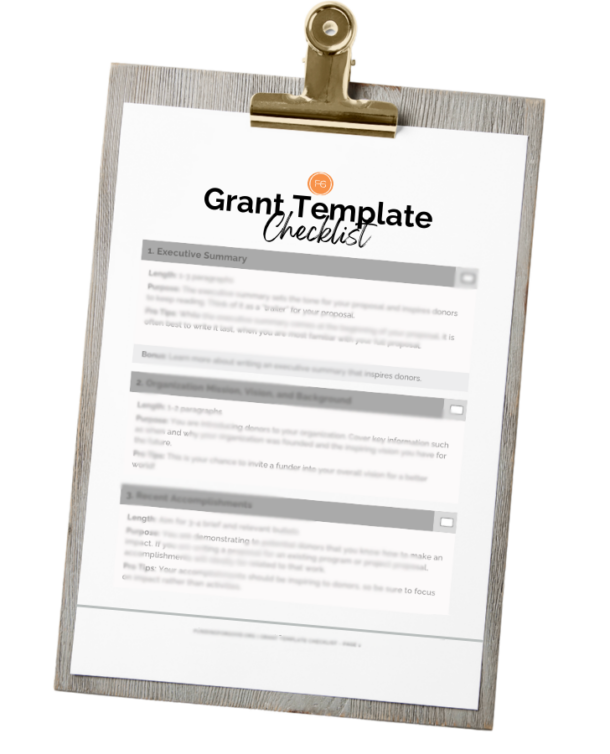As spring closes out so do many foundation grant cycles and we want to avoid low quality proposals. This can be a stressful realization for nonprofits who depend heavily on grants to keep their doors open or for those who have special projects underway that still lack funding for completion.
Many of these potential donors won’t consider new requests until the fall or even next year. Yes, there are foundations who have rolling cycles or summer deadlines, but spring and fall cycles tend to be the busiest time of year for grant writing so the pressure to submit as many grants as possible can be overwhelming. So can the need to avoid low quality proposals.
As the Executive Director of a local nonprofit, I am working with my board and staff to make that last push to submit a few more quality proposals before final spring deadlines. While I am pleased with many of the proposals we successfully submitted, I am also acutely aware of some missed opportunities. I have to resist the opportunity to throw together a last minute, not well developed proposal simply to meet the closest deadline. In fact, I’m having to step back and evaluate every project we are currently raising funds for and outline the specific areas that are “weak spots” in what should be a competitive proposal.
I encourage all of you to take a deep breath and make an honest evaluation about what grants you can realistically pursue this spring and which ones should be strategically developed for a later funding cycle.
Consider the following quick tips to getting the jump on grants before the new cycle begins:
1. Outline your top three projects for which you need to raise dollars. (Typically 9-18 months out from when dollars must be in hand.) 2. Create a detailed project/program design and budget.
2. Schedule strategic conversations with community partners that are needed to successfully implement/complete the project BEFORE you even begin the grant writing process. (It is helpful to draft a memorandum of understanding highlighting each partner’s interest, commitment, capacity, and resources.)
3. Research foundations/donors who support your specific program area/need and create a grant matrix to list potential donors, contact information, funding/priority areas, grant cycles, and average award amounts.
4. Contact program officers from the potential donors in your matrix to verify eligibility and learn what that donor is looking for in a winning grant proposal.
5. Confirm which donors were a match in person not just on paper.
6. Review all grant guidelines prior to writing a single word of the proposal.
7. Write your proposal- detailed yet concise.
8. Review your proposal and ask key staff members, community partners, and/or board members to provide feedback.
9. Submit proposals before deadline and thank the potential donor for the opportunity to apply!
If some of these tips still have you scratching your head, consider checking out Funding For Good’s free stuff page. There you will find checklists for program designs, spreadsheets to outline program goals/objectives, sample partnership letters, and even tips for calling potential donors cold turkey!
Happy Writing!
Grant Guidelines – Can You Follow Instructions?
How to Communicate with Foundations and Program Officers
The First Thing to do before Starting Grant Research

